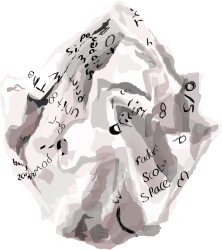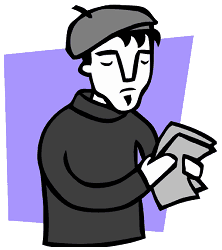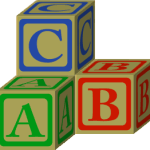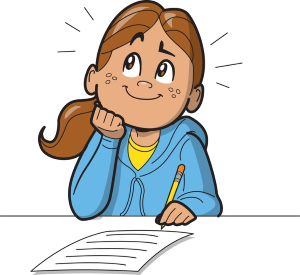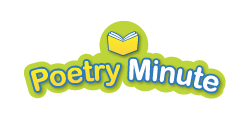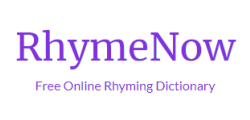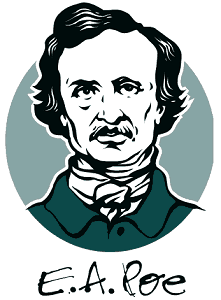
In the last Rhythm in Poetry lesson, we talked about the “iamb,” a two-syllable poetic foot with the stress on the second syllable. The reverse of the iamb is called the “trochee” (pronounced TRO-kee). Like the iamb, the trochee is a two-syllable foot. But instead of being stressed on the second syllable, trochees are stressed on the first syllable. For example, the word “today” is an iamb because we emphasize the “day” not the “to.” (That is, we say “to-DAY,” not ‘TO-day.”) But the word “candy” is a trochee, because we emphasize the “can” and not the “dy.” (It’s pronounced “CAN-dee,” not “can-DEE.”) Look at it like this:

